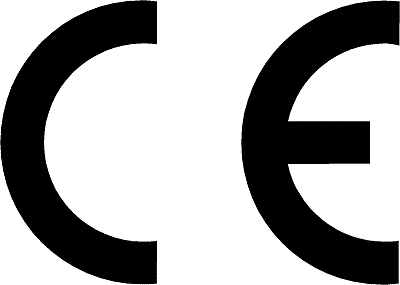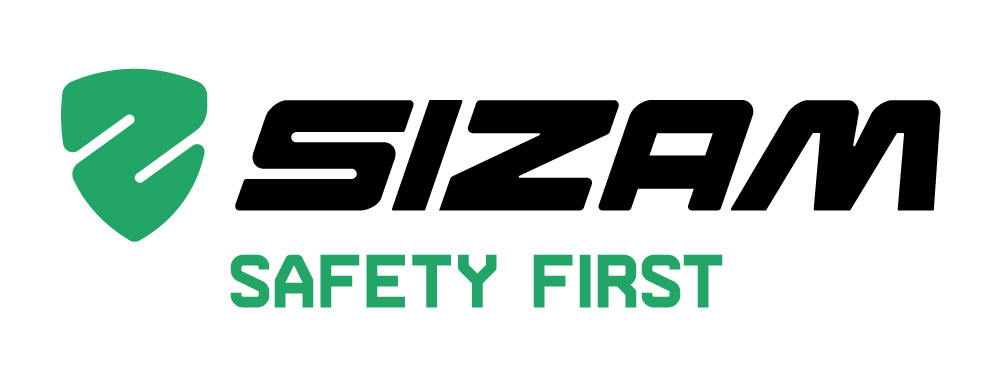Regulatory acts, labeling and standards of protective gloves


Technical characteristics of gloves are determined by European standards. They are indicated by icons to which numbers are added to clarify the level of protection.
EN 420 – General requirements for protective gloves

This icon means that you need to read the instructions tab
EN 420 defines general requirements for most protective gloves:
ergonomics, material (neutral pH balance, amount of hexavalent chromium and absence of allergenic impurities), harmlessness and comfort (size), practicality, penetration and absorption of moisture;
· if antistatic characteristics are required, the glove is tested according to EN 1149 – 1, -2, 3. Pictograms should not be used, but additional information about laboratory tests should be added; · protection level numbering: 1 – minimal, 2 – good, 3 – very good,
4 or more - excellent, 0 - does not provide protection, X - the glove was not tested; information on usage and protection levels is provided below.
Choosing the size of gloves according to the length of the hand and its area
| Glove size | 6 | 7 | 8 | 9 | 10 | 11 |
| Minimum length (mm) | 220 | 230 | 240 | 250 | 260 | 270 |
| Hand girth (mm.) | 152 | 178 | 203 | 229 | 254 | 279 |
| Arm length (mm) | 160 | 171 | 182 | 192 | 204 | 215 |
EN 388 – Protection against mechanical damage
| Characteristics | 1 | 2 | 3 | 4 | 5 | |
| abcd |
a. Wear resistance (cycles) | 100 | 500 | 2000 | 8000 | No |
| b.Resistance to cuts (index) |
1,2 | 2,5 | 5 | 10 | 20 | |
| c. Resistance to break (newton) |
10 | 25 | 50 | 75 | No | |
| d. Resistance to piercing (Newton) |
20 | 60 | 100 | 150 | No | |
EN 374 – Protection against chemicals and microorganisms

This icon means the following properties: protection against microorganisms

This icon is used for chemical gloves that withstand more than 30 minutes 3 chemicals from the list below (eg EJL)
| Glove size | 0 | 1 | 2 | 3 | 4 | 5 | 6 |
| minutes | ≤ 10 | > 10 | > 30 | > 60 | > 120 | > 240 | > 480 |
| A | Methanol | G | Diethylamine |
| B | Acetone | H | Tetrahydrofuran |
| C | Acetonitrile | I | Ethyl acetate |
| D | Dichloromethane | J | n – Heptane |
| E | Carbon disulfide | K | Caustic soda solution 40% |
| F | Toluene | L | Sulfuric acid solution 96% |

This icon shows that the gloves have passed the test, but only provide protection against chemicals for a short period of up to 30 minutes.
EN 407 – Protection against thermal effects
| Characteristics | 1 | 2 | 3 | 4 |
| abcdef | a. Contact with an open flame: | |||
| duration of burning | ≤ 20 s | ≤ 10 s | ≤ 3 with | ≤ 2 s |
| duration of smoldering | No | ≤ 120 s | ≤ 25 s | ≤ 5 s |
| b. Contact with a hot surface: t° | 100°C | 250°C | 350°C | 500°C |
| threshold time | ≥ 15 c | ≥ 15 c | ≥ 15 c | ≥ 15 c |
| c. Convection heat (transmission delay) |
≥ 4 c | ≥ 7 c | ≥ 10 c | ≥ 18 c |
| d. Heat flow (transmission delay) |
≥ 7 c | ≥ 10 c | ≥ 50 c | ≥ 95 c |
| e. Small drops of hot of metal (number of drops) |
≥ 10 c | ≥ 15 c | ≥ 25 c | ≥ 35 c |
| f. Big drops of hot of metal (mass) |
30 g | 60 g | 120 g | 200 g |














